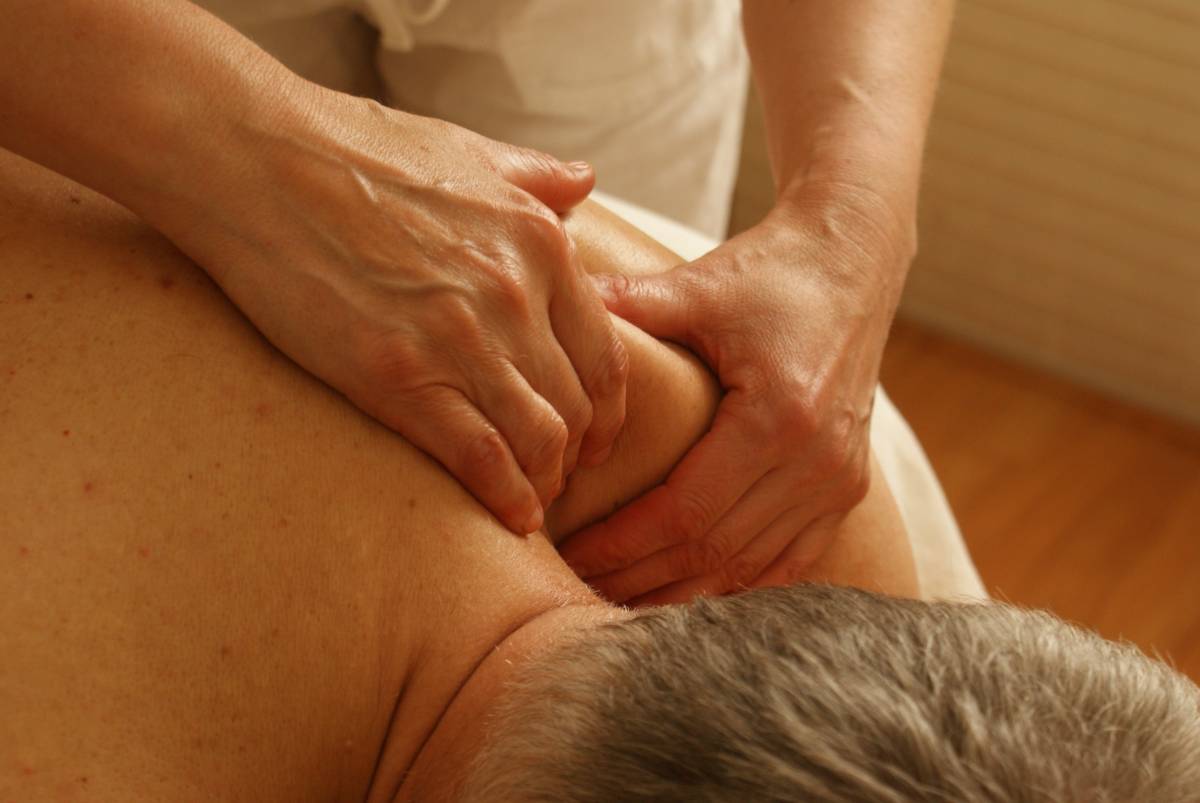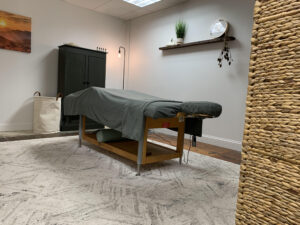As an athlete, one of the most frustrating parts of my training is feeling sore and stiff despite stretching and doing all the right “things.”
Does this sound familiar?
What you might be dealing with isn’t just a muscle issue but a fascia issue. And one of the most effective ways to address it is through myofascial release.
At Massage336 in Columbia, PA, I use myofascial release in many sports massage sessions for clients from York and the surrounding area. It’s especially effective for improving flexibility, reducing pain, and preventing soft tissue injuries. In this article, I’ll break down what fascia is, how it affects your movement, and how this often-overlooked technique can help you feel and perform better.
What Is Fascia? Why Does It Matter?
Fascia is a thin layer of connective tissue that wraps around every muscle, bone, tendon, ligament, and organ in your body. Think of it like a spiderweb or bodysuit. It helps your body hold its shape and allows muscles to glide smoothly during movement.
But here’s the problem:
When fascia becomes tight, restricted, or dehydrated, it binds down on the muscles and nerves underneath. This can limit your range of motion, reduce circulation, and create widespread tension or pain.
This is why tightness is not always a muscular issue, sometimes it’s fascia!
What Is Myofascial Release?
Myofascial release is a hands-on technique that targets these fascial restrictions. It involves sustained pressure and slow stretching to gently “melt” the fascia and restore mobility.
Unlike typical massage strokes, myofascial release:
- Uses slow, intentional movements
- Focuses on tissue that feels dense, glued down, or “stuck”
- Can be performed with hands, forearms, or tools
- Often doesn’t use lotion or oil, allowing for more effective fascial engagement
It’s less about force and more about listening to the tissue. This requires greater patience, precision, and experience.
How Fascia Affects Athletes and Active Adults For active individuals, fascia plays a huge role in movement, performance, and recovery. When fascia becomes tight, it can:
- Limit flexibility in key areas like hips, shoulders, or calves
- Pull your posture out of alignment
- Cause compensation patterns and overuse injuries
- Restrict blood flow and slow down recovery
- Trap pain or inflammation in one area for weeks—or even months
Many clients come in with “tight hamstrings” or “locked hips,” but the real culprit is fascial tension across the entire kinetic chain.
Benefits of Myofascial Release in Sports Massage
Adding myofascial release into a sports massage session can have huge benefits:
Improve Flexibility
Fascial release lengthens the connective tissue helping you achieve true range of motion.
Reduce Pain and Tension
Fascia can entrap pain receptors. Releasing restrictions helps calm chronic discomfort and reduce nerve irritation.
Prevent Injuries
By restoring proper glide between muscles and fascia, you reduce strain, imbalances, and the risk of compensation injuries.
Boost Circulation and Recovery
Fascial mobility allows for better oxygen delivery and waste removal, helping you bounce back faster from tough workouts.
Increase Athletic Efficiency
When fascia moves well, your body moves well. This will in turn improve coordination, stride length, and power output.
What Does It Feel Like?
Myofascial release feels different than traditional massage. It’s:
- Slow and deep
- Often experienced as a “melting” or “spreading” sensation
- Sometimes intense, but usually not painful
- Frequently followed by a sense of “lightness” or greater mobility
If you haven’t experienced myofascial release, it’s worth trying out at your next appointment!
Who Needs Myofascial Release?
This technique is especially helpful for:
- Runners, cyclists, and swimmers with tight hips, hamstrings, or IT bands
- Weightlifters dealing with restricted shoulders or low back tension
- Desk workers with fascial shortening from prolonged sitting
- Anyone with chronic pain, poor posture, or old injuries that never quite healed right
If you’re always stretching but still feel tight, fascia is likely the missing piece.
How I Use It at Massage336
During your session, I assess your movement patterns, range of motion, and areas of chronic restriction. Then, I blend myofascial release with other techniques like:
- Trigger point therapy
- Deep tissue massage
- Assisted stretching
- Mobility coaching
The result? A balanced, restorative session that treats the symptom and underlying cause.
Let’s Get You Moving Freely Again
If you’re tired of feeling stuck, stiff, or slowed down by lingering tension, myofascial release could be the technique you’ve been looking for.
Serving Columbia, PA and nearby York—because your body deserves to move pain-free! Book online to schedule your next session!




